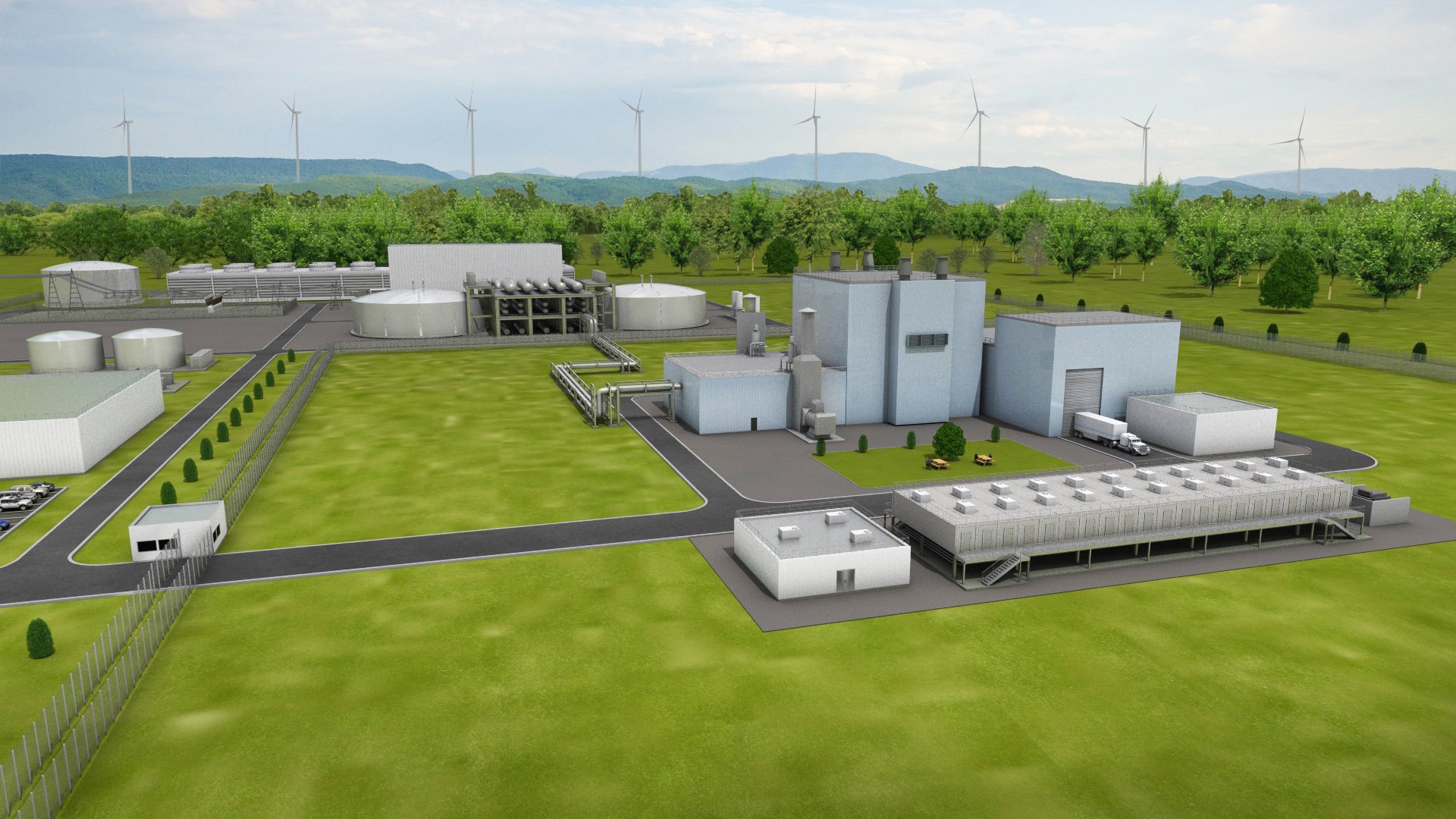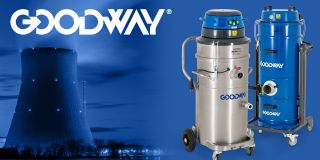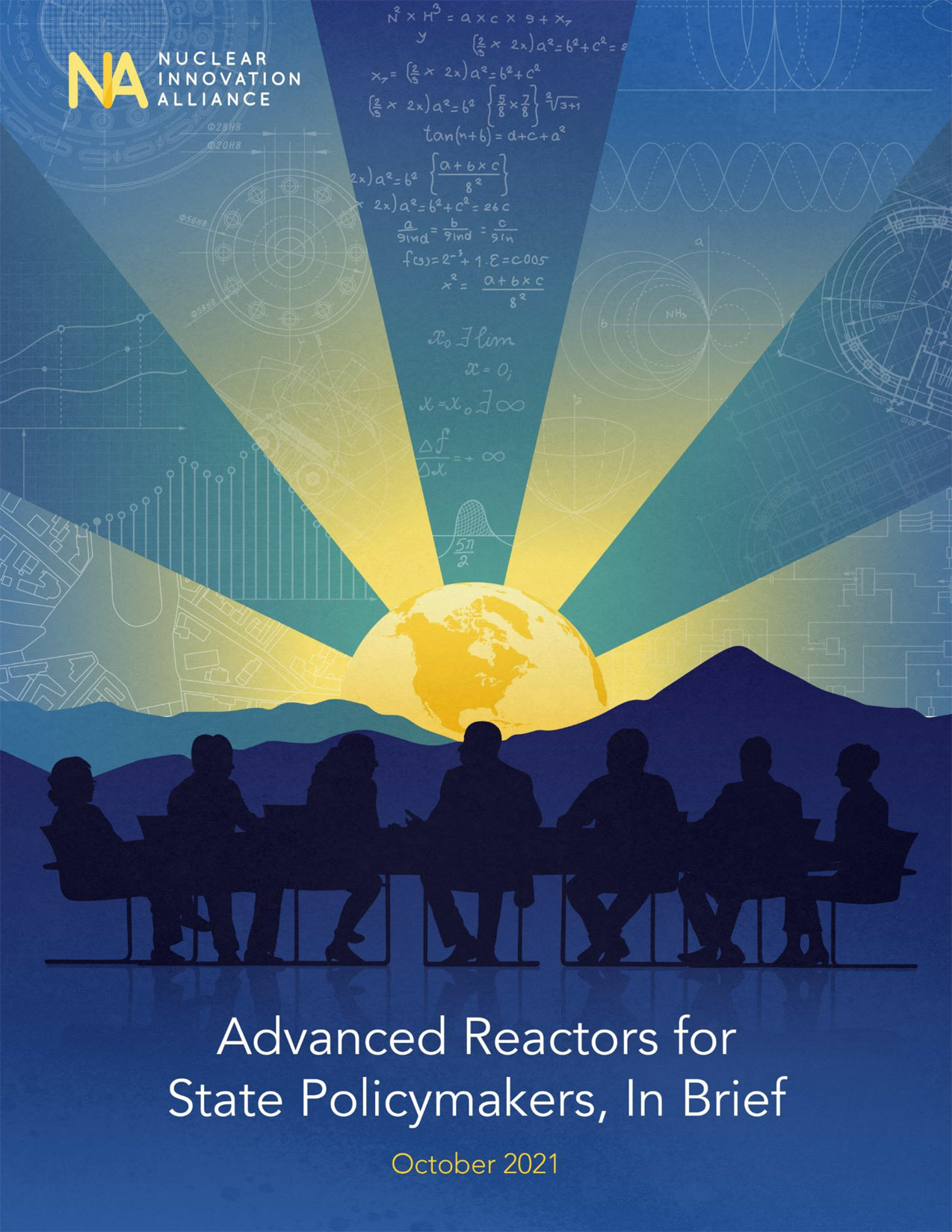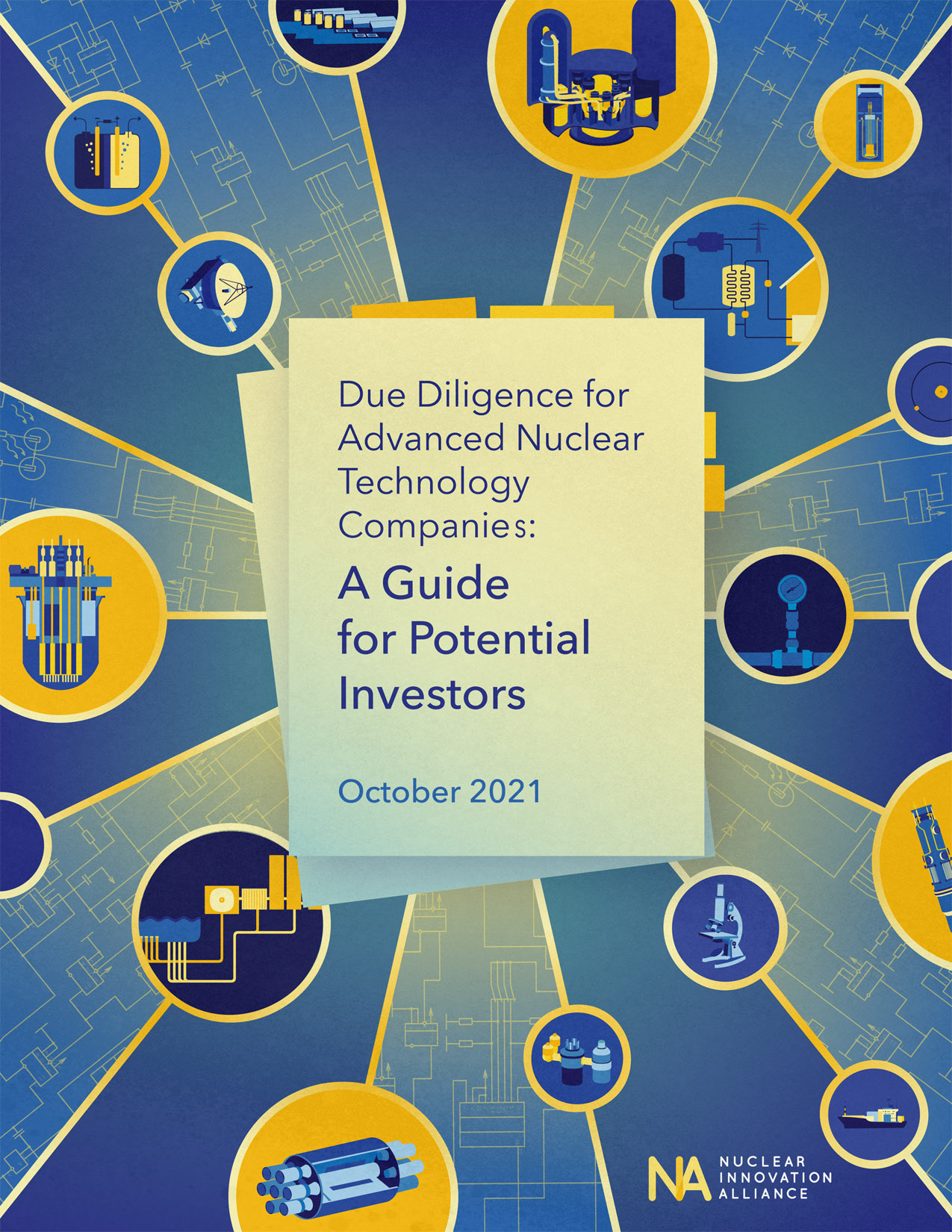Wyoming site chosen for Natrium reactor

Bellevue, Wash.–based TerraPower has selected Kemmerer, Wyo., as the preferred site for its Natrium reactor demonstration project, the company announced yesterday.

A message from Goodway Technologies
Ensuring Safety and Cleanliness: The Crucial Role of Industrial Vacuums in Nuclear Power Facilities

Bellevue, Wash.–based TerraPower has selected Kemmerer, Wyo., as the preferred site for its Natrium reactor demonstration project, the company announced yesterday.

Microsoft, the America-based multinational technology corporation that produces computer software, consumer electronics, personal computers, and related services, is looking for a director of nuclear technologies engineering.
Published this week on LinkedIn, the job announcement states, “We are looking for a Nuclear Technologies Engineer to research methods of utilizing nuclear energy and design useful nuclear systems. You’ll monitor and report on engineering processes, including nuclear waste disposal and safety regulations. You will handle complex machinery and resolve on-site emergencies.”
The successful candidate can be based anywhere in the U.S., the announcement added.

X-energy and Centrus Energy Corporation yesterday announced the completion of the preliminary design for X-energy’s TRISO-X Fuel Fabrication Facility, plus the signing of a contract for Centrus to continue its work as the project enters its next phase.


The Nuclear Innovation Alliance (NIA) has followed up its report, Advanced Nuclear Technology: A Primer, published last month, with the release of two new reports on the subject—one for policymakers, the other for investors.
For policymakers: According to the NIA, Advanced Nuclear Reactors for State Policymakers, in Brief provides an overview of enabling federal policies and looks at state options to incentivize local development of advanced reactors. In addition, the report features a series of “topical briefs” on the characteristics of advanced reactors with respect to safety, economic benefits, waste remediation, flexibility and dispatchability, and timing and development. The report also contains case studies of state-specific advanced nuclear projects such as the Natrium reactor demonstration project in Wyoming, Energy Northwest’s plans in Washington state, Utah Associated Municipal Power Systems’ consortium for the first light water small modular reactor, and the Nuclear Alternative Project in Puerto Rico.
What role will nuclear play in meeting clean energy goals?
The 2021 ANS Annual Meeting brought together three leading chief executive officers from the nuclear industry on June 16 for a discussion centered on the future role of nuclear energy deployment and the challenges of portfolio management during a time of net-zero carbon goals.

TerraPower has a design for a sodium-cooled fast reactor and federal cost-shared demonstration funding from the Department of Energy. Its partner, PacifiCorp, has four operating coal-fired power plants in the state of Wyoming. On June 2, together with Wyoming Gov. Mark Gordon and others, the companies announced plans to site a Natrium reactor demonstration project at a retiring coal plant in Wyoming, with a specific site to be announced by the end of 2021.

The viability of nuclear power ultimately depends on economics. Safety is a requirement, but it does not determine whether a reactor will be deployed. The most economical reactor maximizes revenue while minimizing costs. The lowest-cost reactor is not necessarily the most economical reactor. Different markets impose different requirements on reactors. If the capital cost of Reactor A is 50 percent more than Reactor B but has characteristics that double the revenue, the most economical reactor is Reactor A.
The most important factor is an efficient supply chain, including on-site construction practices. This is the basis for the low capital cost of light water reactors from China and South Korea. The design of the reactor can significantly affect capital cost through its impact on the supply chain. The question is, how can advanced reactors boost revenue and reduce costs?

The Department of Nuclear Engineering at North Carolina State University has spent the 2020–2021 academic year celebrating the 70th anniversary of its becoming the first U.S. university to establish a nuclear engineering curriculum. It started in 1950, when Clifford Beck, then of Oak Ridge, Tenn., obtained support from NC State’s dean of engineering, Harold Lampe, to build the nation’s first university nuclear reactor and, in conjunction, establish an educational curriculum dedicated to nuclear engineering.
The department, host to the 2021 ANS Virtual Student Conference, scheduled for April 8–10, now features 23 tenure/tenure-track faculty and three research faculty members. “What a journey for the first nuclear engineering curriculum in the nation,” said Kostadin Ivanov, professor and department head.
The Department of Energy has put two reactor designs—TerraPower’s Natrium and X-energy’s Xe-100—on a fast track to commercialization, each with an initial $80 million in 50-50 cost-shared funds awarded through the Advanced Reactor Demonstration Program (ARDP). In all, the DOE plans to invest $3.2 billion—with matching funds from industry—over the seven-year demonstration program, subject to future appropriations.
Energy Secretary Dan Brouillette announced the awards late in the day on October 13 in Oak Ridge, Tenn., and said, “These awards are a critical first step of a program that will strengthen our nation’s nuclear energy and technological competitiveness abroad, and position our domestic industry for growth, for increased job creation, and for even more investment opportunity. It’s absolutely vital that we make progress on this technology now.”
TerraPower announced on September 15 that it plans to work with Centrus Energy to establish commercial-scale production facilities for the high-assay, low-enriched uranium (HALEU) needed to fuel many advanced reactor designs.
The proposed investment in HALEU fuel fabrication is tied to a TerraPower-led submittal to the Department of Energy’s Advanced Reactor Demonstration Program (ARDP), which was created to support the deployment of two first-of-a-kind advanced reactor designs within five to seven years. TerraPower would like one of those designs to be Natrium, the 345-MWe sodium fast reactor that it has developed with GE Hitachi Nuclear Energy.